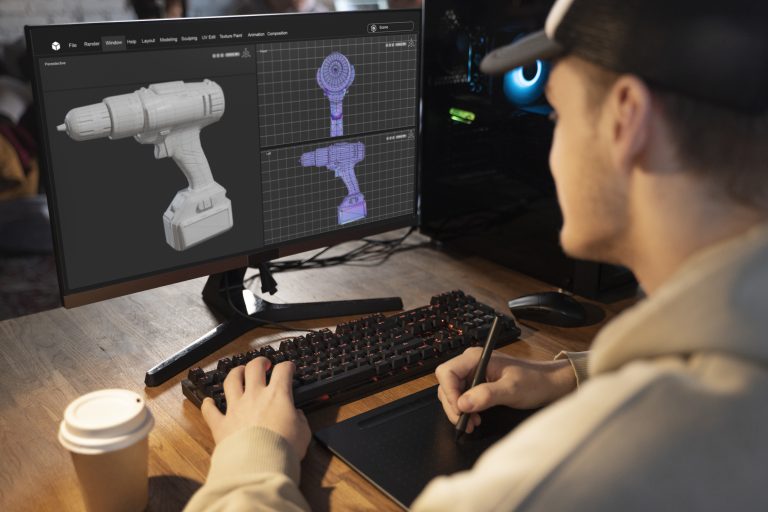Plastic injection moulding has long been considered an efficient, effective and reliable plastics manufacturing method. It is used around the world to produce objects and components for a range of uses and applications. As production demands increase, however, and technology pushes technical boundaries, so processes like this must keep pace. That is where high-pressure plastic injection moulding comes in.
Under Pressure
The plastic injection moulding manufacturing process involves taking plastic pellets and feeding them into a hopper. From there, they are melted and pushed through the injection moulding machine until they reach the specially designed mould cavity. Here, the molten plastic coats the mould cavity and is allowed to harden to form the required shape. It is cooled, released and quality checked before being forwarded on to the customer.
High-pressure plastic injection moulding is a manufacturing process that builds on the original technology to speed up production times and create products with higher quality levels and performance specs. The machines operate with high pressure in the mixing head and mould areas to push the molten plastic through the system faster. The injection process happens within seconds. The plastic is forced into a partially open mould, which is closed when the injection is complete. This high-pressure action forces equal distribution of the materials across the whole mould. A venting function located away from the injection points allows any air to escape quickly, drawing a vacuum that improves laminate quality and aids with speeding up the process.
What Is High-Pressure Plastic Injection Moulding Used For?
As with all injection moulding processes, high-pressure plastic injection moulding is ideal for projects involving mass production. The faster production cycles and higher quality finish offer valuable benefits to larger-scale projects in particular. High levels of accuracy mean that quality control can be carried out easily and effectively. Enormous flexibility around the shapes, textures, colours and performance specs that can be achieved also make the process highly versatile. Sectors that rely on the process include automotive, medical, construction, engineering, food and beverage and packaging.
Plastic polymers commonly used in high-pressure plastic injection moulding include polypropylene, employed for bottle caps, food packaging, toys and kitchen utensils, amongst other things. Polyethene is highly versatile and ideal for items like food wrap, plastic bags and detergent bottles, as well as synthetic fibres for textiles. Polystyrene offers excellent insulating properties and is commonly used for protective packaging, as well as medical supplies like Petri dishes, test kits and diagnostic components.
Polypropylene has strong resistance to fatigue and wear and tear. It is employed for hinge mechanisms, machinery parts and other applications that require it to be moveable. Acrylonitrile Butadiene Styrene (ABS) is prized in many sectors, including automotive, for its sturdy structure and chemical resistance, among other properties. It is used for vehicle parts such as bumpers, dashboards and interior body panels.
Pros and Cons of High-Pressure Plastic Injection Moulding
One of the main advantages of using high-pressure plastic injection moulding is its versatility to produce almost anything for any industry, sector and location around the world. The shortened cycles times made possible by increasing the pressure levels used inside the machine also allow for shorter lead times and increased productivity.
There is wide flexibility when it comes to shape, size, texture and colour too. There are several different plastic polymers that are easily available and suitable for the process. Each one offers various properties that make them ideal for certain applications. Finally, there is low wastage as many polymers are recyclable and many of the plastic materials not used to create a part can be re-melted and used again for the next one.
There are a few drawbacks to consider with plastic injection molding. Setting up the machinery and making the molds initially can be expensive, but these costs are balanced out by the efficiency of low energy usage and quick production times. The process has some limitations in terms of design because the part must be moldable and removable from the machine in one piece. Also, like any manufacturing process, there might be unexpected costs or delays during production. However, overall, the benefits of faster production and the flexibility of high-pressure plastic injection molding usually outweigh these disadvantages.





